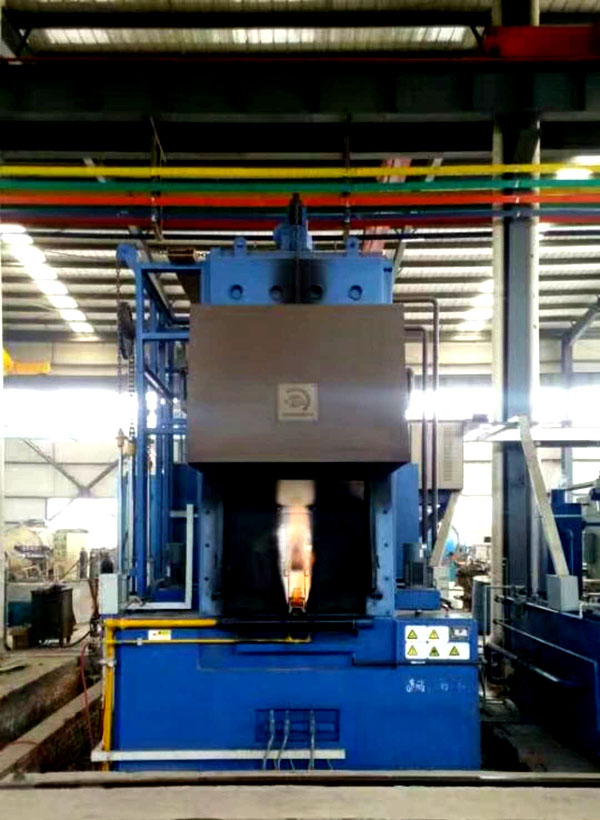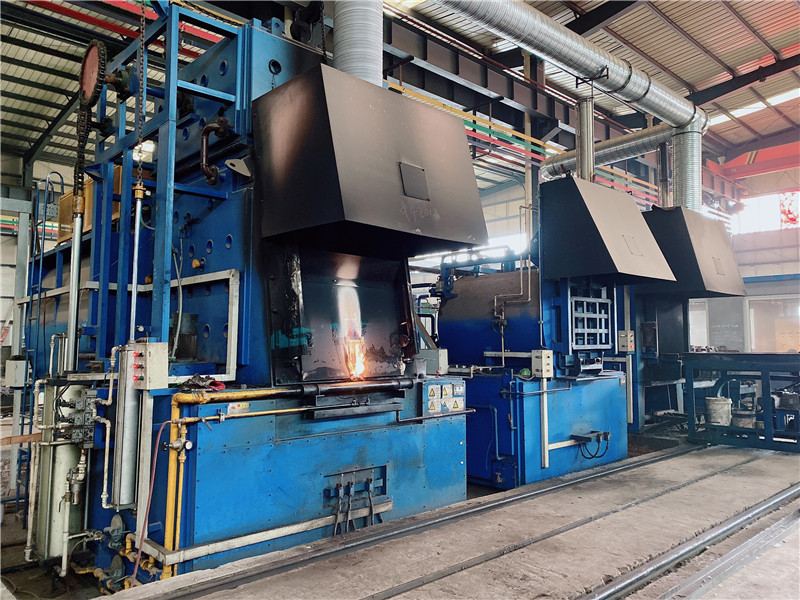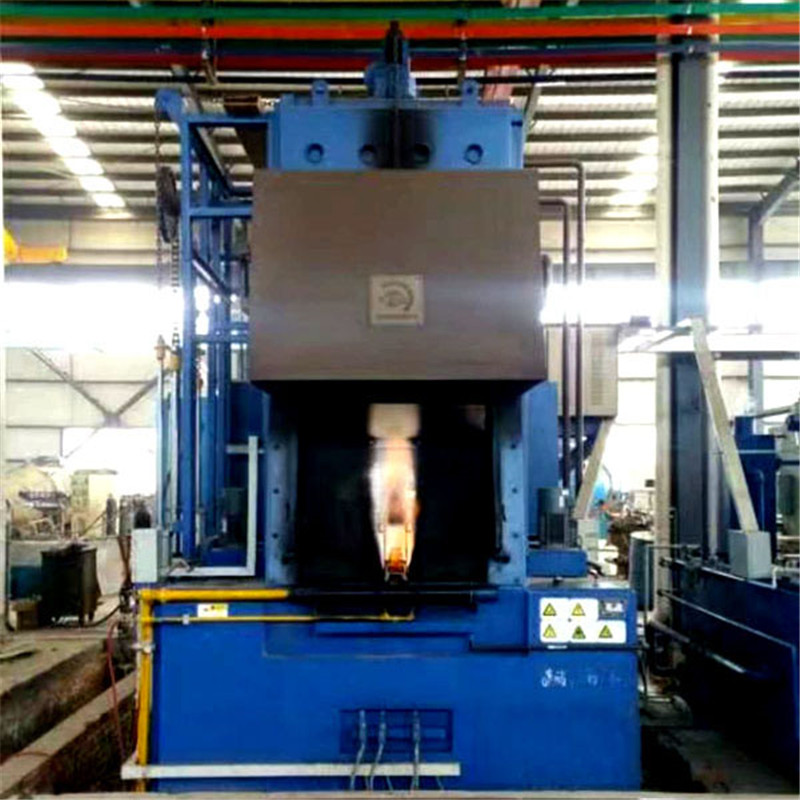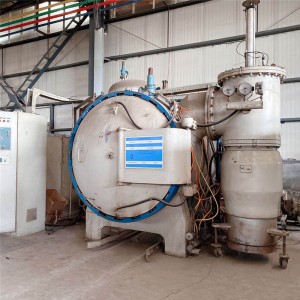High Efficient and Energy-saving Heat Treatment Equipment
Pit furnace
Well furnace is a periodic operation furnace, which is suitable for the heat treatment of rod and long shaft parts. The structure of the pit furnace is: the furnace body is a cylindrical deep well, and the workpiece is vertically loaded into the furnace by a special crane for heating. The fuels used are usually gas and fuel oil.
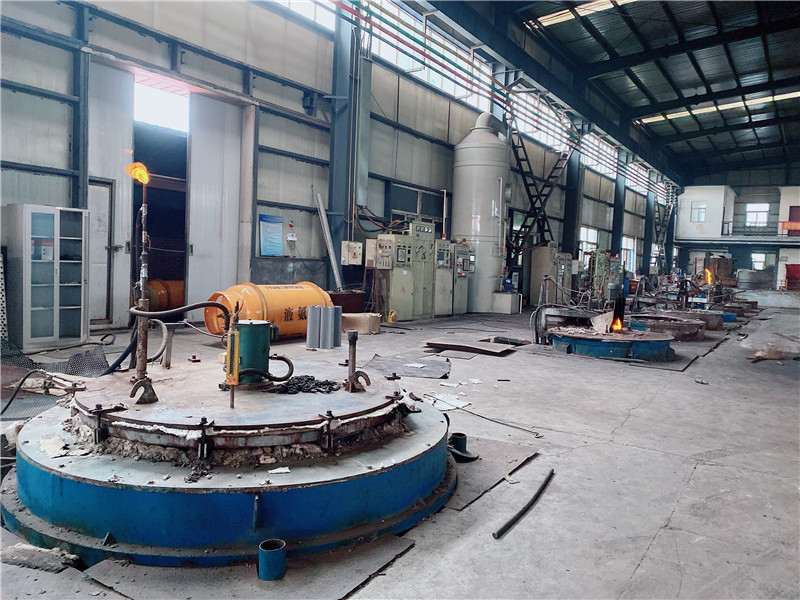
Annealing furnace
The frame of the annealing furnace is welded by various types of steel. The outer frame is made of channel steel as the main beam, the coaming plate is made of cold sheet, and the trolley is made of channel steel as the main beam. It is mainly used for conventional heat treatment such as quenching, normalizing and annealing of workpieces.
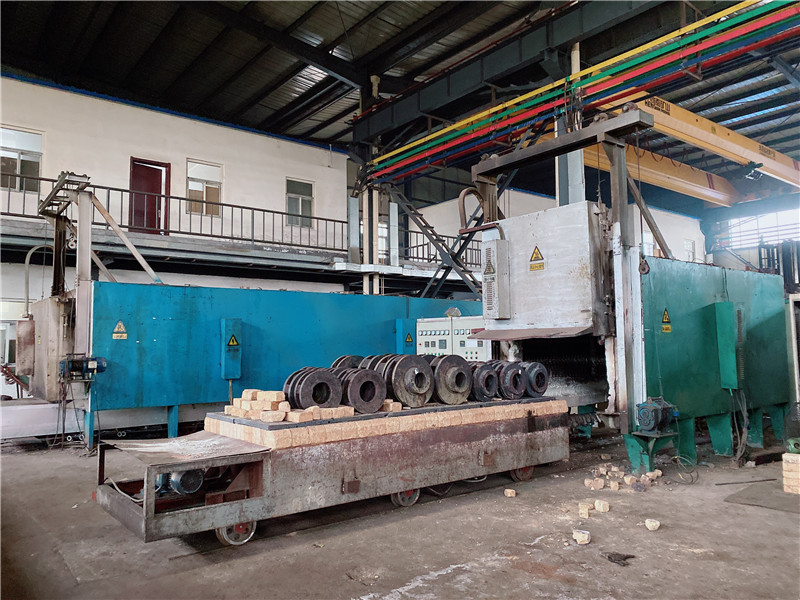
Vacuum furnace
The vacuum furnace uses a vacuum system to discharge part of the material in the furnace cavity in the specific space of the furnace cavity, so that the pressure in the furnace cavity is less than a standard atmospheric pressure, and the space in the furnace cavity can achieve a vacuum state, which is a vacuum furnace.
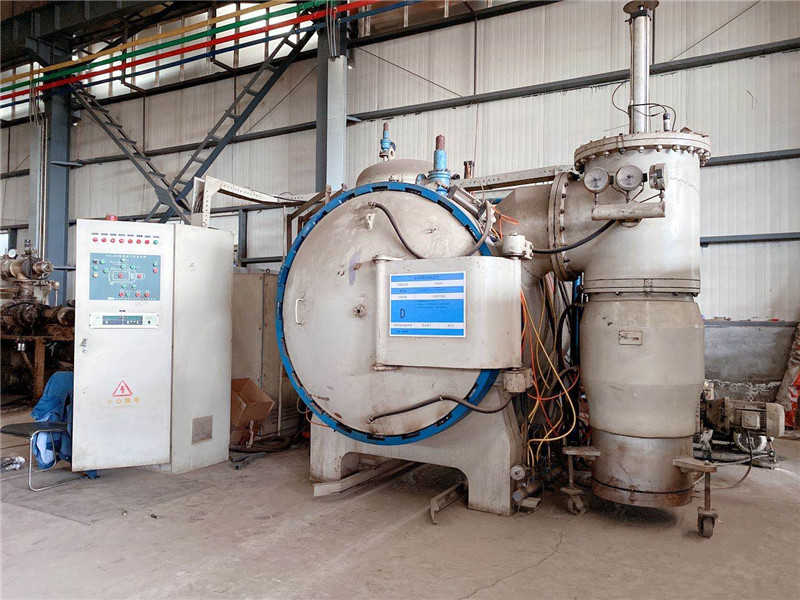
Desktop quenching furnace
Quenching is to rapidly cool the workpiece in a quenching medium such as water, oil or other inorganic salts, organic aqueous solutions, etc. after heating and maintaining the workpiece. After quenching, the steel becomes hard, but at the same time becomes brittle. In order to reduce the brittleness of steel parts, the quenched steel parts are kept at an appropriate temperature higher than room temperature but lower than 650 degrees for a long time, and then cooled. This process is called tempering. Annealing, normalizing, quenching, and tempering are the "four fires" in the overall heat treatment. Among them, quenching and tempering are closely related. Try to use them together, and they are indispensable.
